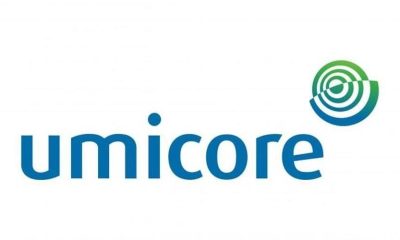Tech
Why a USB-C iPhone Could Be Coming Globally
The European Union has made its ruling: If Apple wants to sell new iPhones in the region, those devices will need to have a USB-C port before the end of 2024.
That means Apple’s proprietary Lightning connector, which has existed for more than a decade and established itself as a considerable money-maker for the tech giant, will need to be phased out of future iPhones. At least the ones going to the EU.
“We have no choice — as we do around the world, [Apple will] comply with local laws,” Greg Joswiak, Apple’s senior vice president of worldwide marketing, said at a Wall Street Journal tech conference on Oct. 25 when asked if Apple will adhere to the EU’s common charging law.
“We think it would have been better environmentally and better for our customers to not have a government be that prescriptive.”
While the legislation technically only applies to consumer electronics sold within the EU, Apple may be forced to decide on the fate of the Lightning port for iPhones bound for overseas. Most commercial phones charge and connect to accessories using the USB-C standard, but iPhones don’t. Could this mean future iPhones sold outside the EU will also transition to a USB-C charging port? Or will Apple make hardware changes by geography: Producing two iPhone variants to accommodate USB-C and Lightning — one for the EU and the other for the rest of the world?
Apple already modifies iPhone models regionally, as it has done with the iPhone 14. The US version only has an electronic SIM, while other variants retain the SIM slot, as Avi Greengart, analyst at Techsponential, points out. But he also thinks Apple has good reasons to move all iPhones to USB-C moving forward.
“…There are larger ecosystem, security, and accessory considerations with the power/data connector, so I think it is more likely that Apple moves all iPhones [globally] to USB-C in the iPhone 16 timeframe to comply with European regulations.”
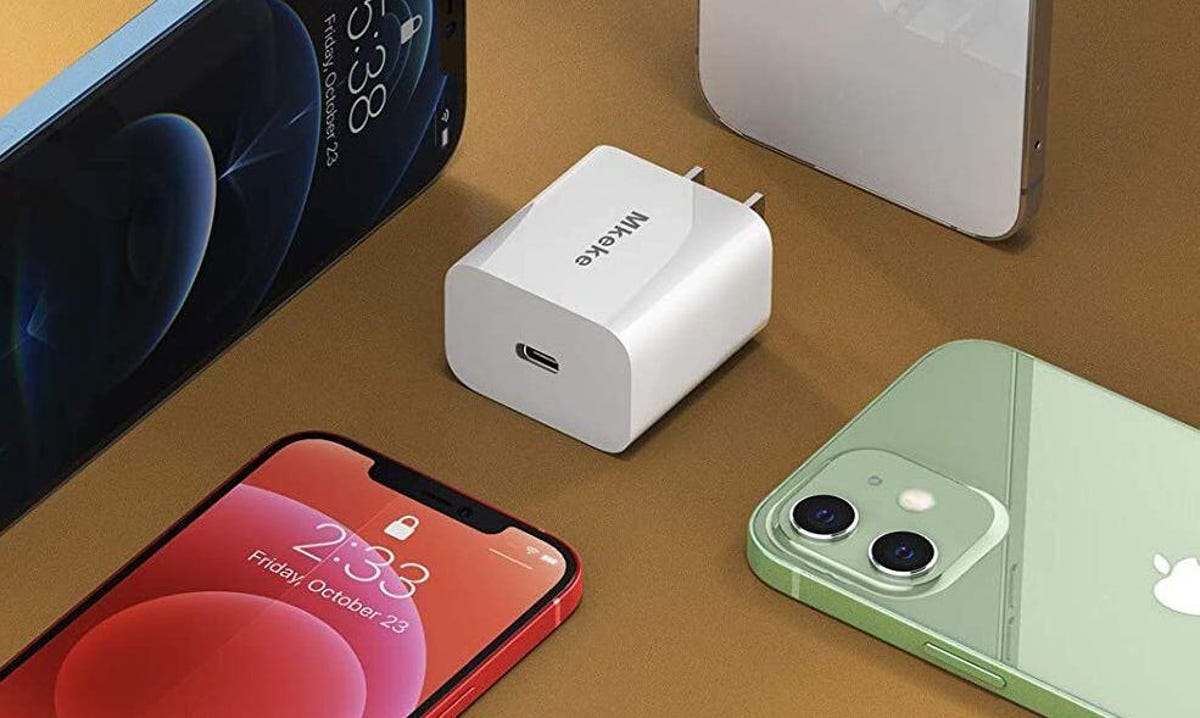
Mkeke
For more than a decade, European lawmakers have pushed for electronic devices to include a standardized charger in a bid to reduce cable clutter and e-waste. The legislation, part of the amended Radio Equipment Directive, was finalized in June before the European Parliament voted overwhelmingly in favor of the rule in October. Its approval is widely seen as a victory for consumers, who will soon be able to use just one single USB-C charger across a range of accessories and devices, including higher-wattage ones like gaming laptops and 4K monitors. Its adoption was also viewed as a win for the environment. A European think tank estimates chargers put up to 13,000 tons of e-waste per year in the EU and have associated life cycle emissions of around 600 to 900 kilotons in carbon dioxide equivalents.
Apple has vociferously lobbied against the idea of a common phone charger. The tech giant argues such legislation could stifle innovation and exacerbate the e-waste problem since it would presumably render the Lightning cable obsolete for possibly a billion people worldwide. Apple, which collects fees from third-party companies that manufacture made-for-iPhone accessories, would potentially miss out on the earnings generated from every Lightning cable and accessory that’s compatible with the iPhone.
Despite Apple’s pushback, the tech giant has reportedly put a USB-C iPhone to the test. Noted Apple analyst Ming Chi Kuo predicts Apple will beat the EU mandate by a year, equipping a new iPhone with a USB-C port in 2023.
“USB-C could improve iPhone’s transfer and charging speed in hardware designs, but the final spec details still depend on iOS support,” Kuo wrote in a May post on Twitter.
For its part, Apple has been transitioning out of Lightning in other products for several years now. The tech giant included USB-C in 2015 with that year’s MacBook. It later replaced Lightning with USB-C on the iPad Pro in 2018, the iPad Air in 2020 and iPad Mini in 2021. In addition to including a USB-C port on a rumored 2023 iPhone, Kuo expects several other Apple accessories, including AirPods, the Magic Keyboard and the MagSafe Battery Pack, to switch over to USB-C, but he didn’t offer a specific timeline.
In the long run, the iPhone’s shift to USB-C is poised to benefit Apple customers — just as the legislation intended. Since most of the company’s iPads and Macs already use USB-C rather than Lightning, the move will streamline the charging experience. Apple loyalists currently need three different types of chargers to power the iPhone, MacBook, iPad and Apple Watch. For a company that prides itself on its ecosystem, Apple offers a cumbersome charging experience that runs counter to its ethos of simplicity.
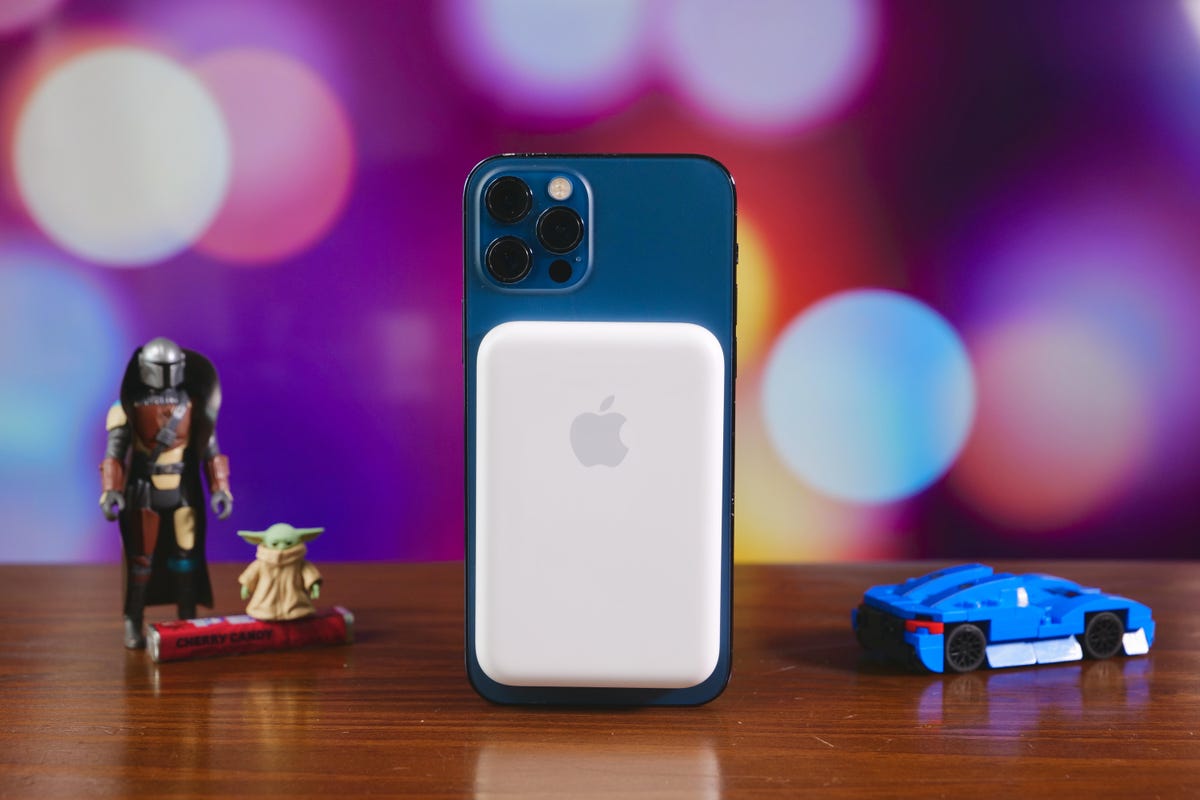

Patrick Holland/CNET
“It does make sense for Apple to [switch to a USB-C iPhone] across markets, as it will not only enhance the experience of the users, who are also using iPads or Macs, but will also simplify the processes in the supply chain,” Will Wong, a research manager for the International Data Corporation, told CNET.
Even if Apple eventually makes the switch to a USB-C iPhone for all models, it’s possible the connector will only be used for a short time. Rumors point to Apple abandoning ports on the iPhone altogether, moving entirely to wireless charging and connectivity like with Apple’s MagSafe accessories.
“Portless is likely to be one of the developments Apple is looking at as we saw the introduction of the MagSafe wireless charger,” Wong said. “Nevertheless, there are hurdles like slower charging speed to overcome before fully going portless,”
A USB-C iPhone is perhaps more likely than ever to hit stores worldwide, however. It’s something that’s been on Apple fans’ wish lists for years as a USB-C port is more convenient and transfers data more efficiently than its Lightning counterpart. Whether that happens in 2023, 2024 or beyond remains to be seen, but Apple is readying itself and its iPhones for a transition in the EU, at the very least.
Tech
New photos reveal more details about Google’s Pixel 9 Pro Fold

Google’s secret new line of Pixel 9 phones isn’t that big of a secret anymore. Taiwan’s National Communications Commission (NCC) released new photos of the phones including the Pixel 9 Pro Fold from almost every conceivable angle.
Android Authority found the photos in the NCC archives and uploaded galleries of each of the four phones including the Pixel 9, 9 Pro, 9 Pro XL and 9 Pro Fold. They reveal some interesting details about the new Pixel phones.
The charging rates will be a little faster than the last generation of Pixel phones: Taiwanese authorities measured 24.12W for the base model, 25.20W for the Pro and 32.67W for the 9 Pro XL. The Pixel 9 Pro Fold, however, was the slowest of all of them at 20.25W. These numbers don’t often match up perfectly with the advertised ratings, so expect Google to be promoting higher numbers at its event.
Speaking of chargers, it looks like Google needed a bigger charger to power its new phones. Photos included in the NCC leak show each phone will come with a wall charger that’s around 45W depending on which model you purchase. The charger’s plug moved from the middle to the top of the brick.
The latest photo dump also shows the 9 Pro Fold unfolded for the first time. Google has moved the selfie camera to the inside screen for a wider field of view. The 9 Pro Fold also has a slimmer top and bottom, a reduced fold crease on the display and a full 180 degree unfolding angle to make a screen that’s just over 250mm or just under 10 inches.
These photos are the latest in a very long list of leaks of Google Pixel 9 photos. The last Pixel 9 leak came down yesterday showing two prototype models of the base and XL models. Google might look into buying a new combination lock for the high school locker where they apparently keep all their unreleased gear.

Tech
Apple Wallet now supports Canada’s Presto card, with Express Transit
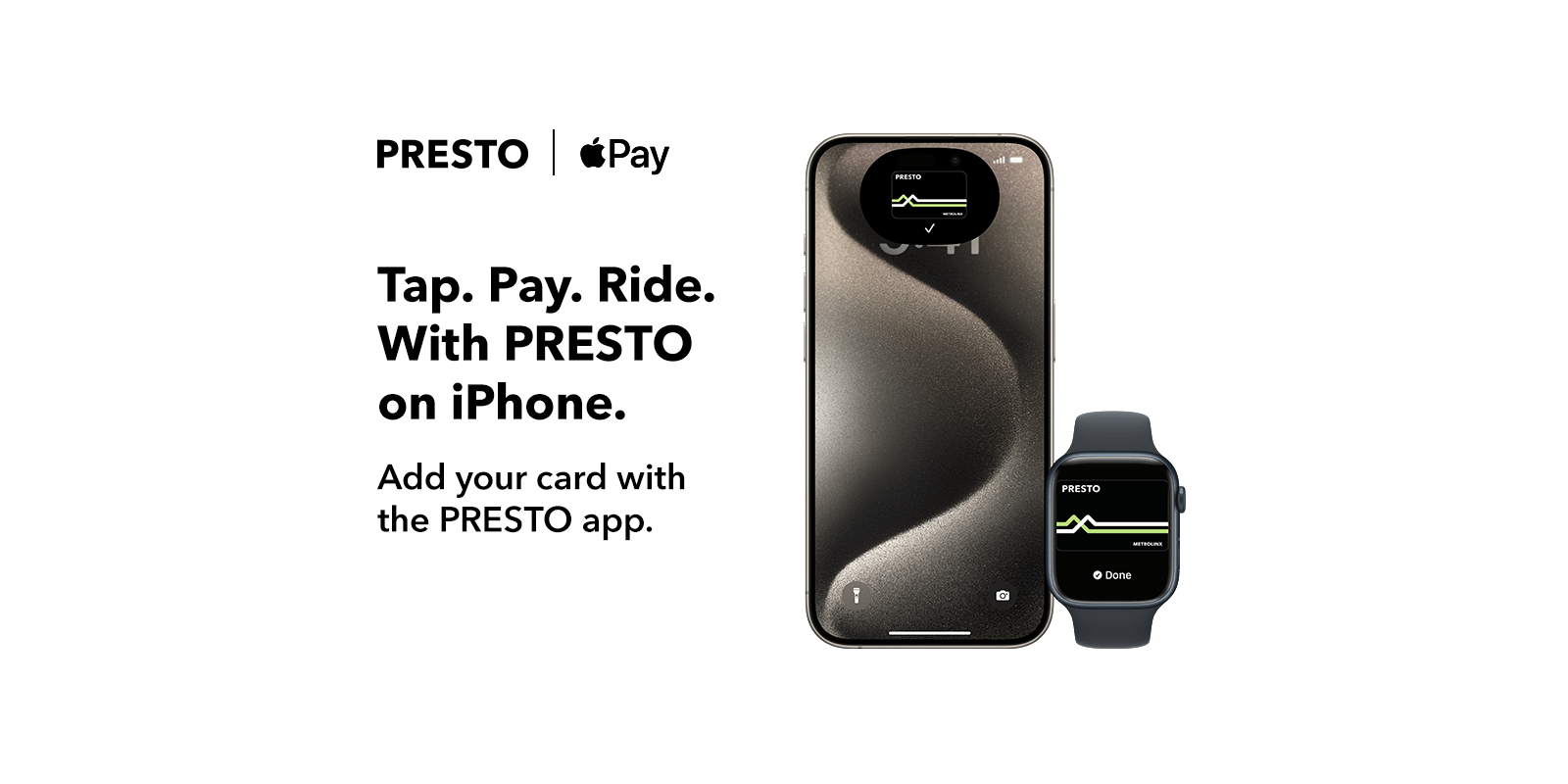
Apple Wallet now supports the Presto transit card used in Ontario, Canada. The card can be used for travel in Toronto, Hamilton, and Ottawa.
The digital version of the card includes the Express Transit Pass feature, meaning that you can tap in and out without having to authenticate …
Ontario’s Presto card
The Presto contactless smart card system was first trialled back in 2007, and started the full rollout in 2009. The card can be used across 11 different transit systems in the areas covered.
Apple Wallet support was first promised many years ago, but things went quiet until a “coming soon” announcement back in May of this year.
Although the contactless terminals allow the use of credit and debit cards for regular fares, a Presto card is needed for monthly passes and discounted travel.
Apple Wallet support now available
The company made the announcement today.
Tap to ride with PRESTO on iPhone and Apple Watch.
Traveling around town just got easy with your PRESTO in Apple Wallet. With Express Mode, you don’t need to wake or unlock your iPhone or Apple Watch or open any apps to use PRESTO in Apple Wallet. Just hold your device near the reader to pay and go.
Ride, even when your iPhone needs a charge
If your iPhone needs a charge, PRESTO Card in Apple Wallet will still work. Power Reserve provides up to five hours of support, so you can still ride.
Reload on the go.
With your PRESTO card on your iPhone and Apple Watch, you can easily load funds, right from Apple Wallet or PRESTO App. No need to visit a customer service outlet.
Extra security. Built right in
PRESTO in Apple Wallet can take full advantage of the privacy and security features built into iPhone and Apple Watch. Your PRESTO card is stored on the device, which means Apple does not see when you use it—helping keep your data private and secure.
If you lose your iPhone or Apple Watch, you can use the Find My app to lock and help locate the device and suspend your PRESTO card or remotely erase the device and its cards.
Mobile Syrup reports that you can choose between adding your existing card to your Wallet, or creating a new one.
There are two ways to add a Presto card to Apple Wallet. You can either buy a new card or move your old one over using the Presto app.
That being said, for simplicity’s sake, unless you have a discounted Presto agreement like a student or senior plan, I think most riders will be happy just making a new card in Apple Wallet and loading funds from that app.
As with any digital card or pass, you can use either your iPhone or Apple Watch, but because each generates a unique virtual card number, you need to use the same device at both ends of your journey.
Express Transit feature
To minimize delays, Presto offers Express Transit support. This means that you don’t need to authenticate using Face ID or Touch ID on your iPhone, and you don’t need to double-tap the side button on your Apple Watch. Simply hold your device close to the pad and you’re good (a number of clues are used to detect fraudulent use).
Express Transit also has the advantage that it continues to work in Low Power mode, so you’ll still be able to complete your journey even if your phone or Watch is almost dead.
Image: Presto

Tech
The OnePlus Pad 2 Wants to Be the iPad Air of Android Tablets
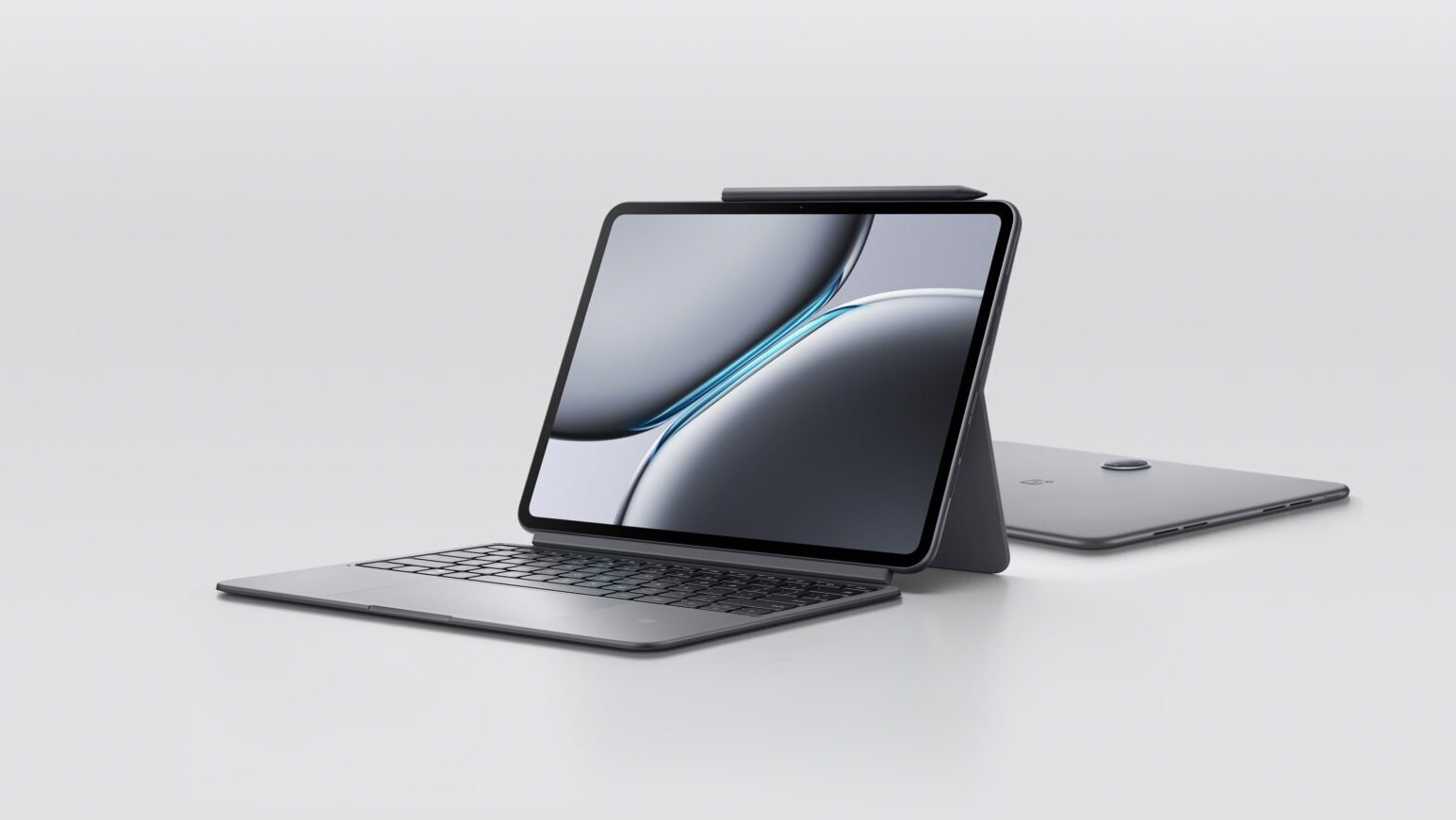
The original OnePlus Pad was a decent all-around Android tablet, but it was not amazing in any one area. Now, OnePlus is back with a new tablet device that packs more power, has a better screen, more speakers, and a higher starting price. OnePlus offers an Android tablet alternative that costs less than the latest iPad Airs, though it seems like it’s hewing very close to the rendition from 2023.
The OnePlus Pad 2 is a one-size-fits-all 12.1-inch 3K tablet. At $550 for 12 GB of RAM and 256 GB of storage, it’s $70 more than the first OnePlus Pad, though it starts with more memory and twice as much internal storage as the first go around’s paltry 128 GB. It’s bigger than the 11.6 LCD on last year’s Pad, though now it’s beefed its resolution to 3K (3000 x 2120) with a stated 600 nits typical and 900 nits peak brightness. It has a variable refresh rate between 30 and 144 Hz, though it’s still an LCD screen, the same as the 2023 OnePlus Pad.
Just like last year’s version, the new Pad supports Dolby Atmos, but it boasts a six-stereo speaker configuration on either side of the device. It may not be as specifically sound-tailored as the Lenovo Tab Plus, but what’s promised is a solid middle ground.
Last year’s tablet used MediaTek Dimensity 9000 CPU, which was good enough for most applications but not exactly top of its class. The Pad 2 is now powered with the Qualcomm Snapdragon 8 Gen 3 mobile chip. Gizmodo has already experienced some of the chip’s capabilities in Samsung’s latest foldables, and already it’s very promising. We haven’t yet had the chance to compare a Snapdragon 8 Gen 3 tablet to Apple’s latest iPad Air with M2, though on the whole, M2 usually performs better than Qualcomm’s mobile chips in bare benchmark tests. How much that matters depends on what programs you expect to use on your tablet.
Every device maker thinks they need AI to compete, and OnePlus isn’t an outlier here. There are promised “AI Toolbox” features like AI text-to-speech and recording summaries. The AI Eraser 2.0 will also work like Google’s Magic Eraser to remove unwanted photo elements.
There’s a new $99 OnePlus Stylo 2 and a $150 Oneplus Smart Keyboard to accompany the new tablet. Despite the size and price difference, there will be many similarities between last year’s and the 2024 model. The Pad 2 has the same 9,510 mAh battery as last year’s, plus the 67W “SUPERVOOC” fast charging. It promises 43 days of standby time, though in our experience, the first Pad’s lifespan and promised “one-month standby life” was far more modest in practice, lasting most of the day before needing a recharge.
With a bigger screen, the upcoming Pad 2 is slightly heavier than last year’s rendition. It weighs about 1.3 pounds, so it’s exactly between the 11- and 13-inch iPad Airs or slightly more than the base 11-inch Galaxy Tab S9 (and far less than the humongous Tab S9 Ultra). It will be relatively thin at 6.49 mm, but it’s not beating the iPad Air’s 6.1 mm or the iPad Pro 13-inch’s holy grail 5.1 mm.
The first OnePlus Pad didn’t exactly break new ground in any one category, though it did show Android tablets had legs. We’ve seen attempts from Goole and its Pixel Tablet, though that, too, wasn’t the pioneer of Android tablets. A better chip and more speakers do seem promising, though, in its effort to be everything to everyone, we’ll need to see if it manages to stand out in any area.
The OnePlus Pad 2 is now available for preorder. It should be available on the OnePlus website starting July 30 and on Amazon starting August.

-

 News8 hours ago
News8 hours agoAfter grind of MLS regular season, Toronto FC looks forward to Leagues Cup challenge
-

 News23 hours ago
News23 hours agoCanadaNewsMedia news July 26, 2024: B.C. crews wary of winds boosting wildfires
-

 News9 hours ago
News9 hours agoIn President Milei’s sit-down with Macron, Argentina says the leaders get past soccer chant fallout
-

 News14 hours ago
News14 hours agoOntario expanding access to RSV vaccines for young children, pregnant women
-

 News7 hours ago
News7 hours agoUmicore suspends construction of $2.76B battery materials plant in Ontario
-

 News22 hours ago
News22 hours agoPeople should stay inside, filter indoor air amid wildfire smoke, respirologist says
-

 News18 hours ago
News18 hours agoSuspected train sabotage, bad weather dampen spirits ahead of Paris opening ceremony
-

 News24 hours ago
News24 hours agoFrench train lines hit by ‘malicious acts’ disrupting traffic ahead of Olympics, rail company says














